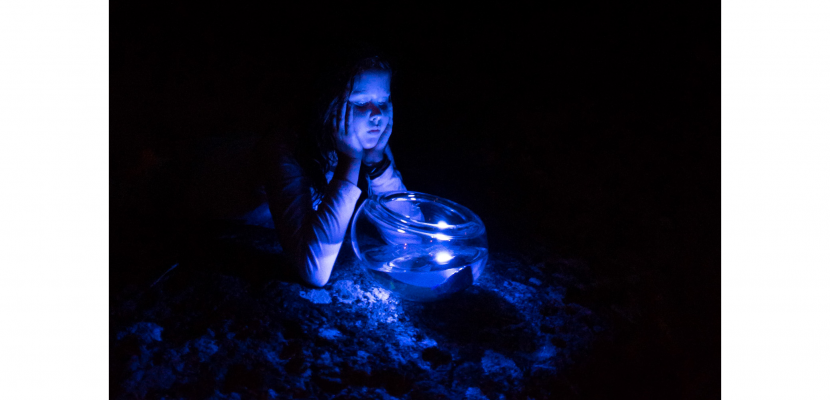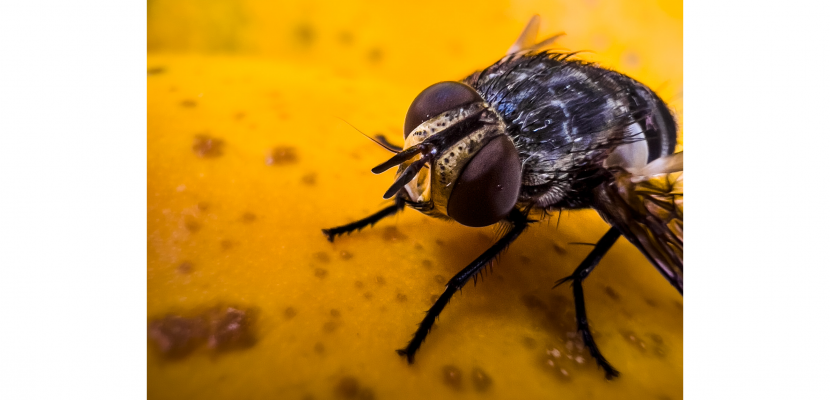
Written by Rob Layton, Senior Teaching Fellow (Journalism), Faculty of Society & Design.
As I prepare my presentations for MojoFest, the largest gathering of mobile journalists on the planet, I look back to where my ‘mojo’ (AKA mobile journalism) journey began: holiday snaps of Scotland taken on an iPhone 5, and travelling through Africa with an iPhone 6s.
A traditional camera remained on hand on those trips but, in some cases, what I shot on iPhone yielded better results. Even now, seven years later, the quality of those early iPhone photographs holds up.

That was in 2015 and 2016, and those pictures made me wonder whether smartphones could be used as viable journalistic tools, more than merely for phone calls and texts. It didn’t take me long to realise other journalists had had similar ideas. A handful of Google searches later, I stumbled across a Facebook group called MojoCon. It was a bustling community in which journalists from around the world shared ideas and techniques on how to use their phones for news photography, video reports, radio reports, and a whole lot more.
Quietly I studied and watched these innovators explain their workflows, share the content they created, and encourage each other to push the envelope of what could be made with a phone. It was a unique and empowering insight into the work of pioneers of an emerging new craft.
I tried out their techniques, developed a few of my own, and eventually found the courage to share my work with them publicly. To my astonishment, they took notice of what I was doing and embraced it. I felt astonishment because my background was print journalism, not broadcast, so it was a steep learning curve; almost everything I learned was gleaned from the group or led to deeper research.
It also led to connections – and friendships – that, in turn, sparked an invitation to present at MojoFest 2019. Organisers scheduled me as the first speaker of the opening plenary session of the three-day event before an audience of 450 international journalists. To say I was nervous is an understatement, yet it remains one of the best experiences of my life.

Smartphone photography
I’ve always been interested in how things work. That curiosity worked to my advantage when I took up photography.
It started when I was a cadet reporter in the mid ‘80s, and many of my friends were cadet photographers. They shot news at work and explored their creativity in their own time, always with cameras in hand. They taught me the basics, and before long I had assembled my own kit and built a darkroom. That grounding in traditional photography served me well as I later explored iPhone photography. Understanding light and how cameras worked enabled me to better understand what was happening – or, more importantly, what wasn’t happening – under the hood of a smartphone.
Smartphone vendors have been forced to innovate because their camera systems are limited with smaller lenses and smaller sensors. They use computational solutions to overcome hardware limitations. Smartphone photography improves with each new flagship model, but arguably the greatest advance of the past few years was the iPhone 12 Pro Max. It introduced the best camera system of any smartphone at the time. I did a series of photoshoots shortly before the official release of 12 Pro Max for a review published in The Australian newspaper which really show the breadth of what you can capture on a modern smartphone.

This picture of my daughter, with a few stars behind her, may not be spectacular but it embodies my determination to pioneer the field using an iPhone 8. The image involved a laborious process of taking multiple exposures, stacking them in Photoshop, aligning them, and averaging them. In short, hours of work.

Move ahead a few years to the iPhone 13 Pro Max, and this picture of the galactic cloud was achieved with one push of a button and a few minutes of fine-tuning the edit.

Smartphone photography is so much more than point-and-shoot. It is designed to achieve the best results with ample room for creative innovation.
Underwater
Most of my mobile work these days involves the ocean, which is my deeper passion and area of expertise. I’m often called on to run workshops and seminars on how to use phones in the water, as well as do interviews for mobile and traditional magazines.

This is my passion and the basis of my PhD at Bond, in which I am creating a documentary about Gold Coast surf culture made entirely with mobile technologies and workflows. My work in the ocean was also my springboard into video production, where I’ve begun to create works such as this video about swimming with the fishes at Snapper Rocks. I’d always been keen to get into video but the costs of cameras, underwater housings and edit suites were prohibitive. Using a phone in the ocean has proven to be far more liberating than traditional setups.
Oops, something went wrong.
The proof, as they say, is in the pudding. Smartphone film festivals and events are increasingly popular, and I’ve achieved modest successes with them, yet my greatest satisfaction comes from seeing my films accepted into traditional events. Often the organisers don’t realise my work is made entirely on mobile, but that hasn’t stopped me from making it into the Florida Surf Film Festival, the Melbourne Documentary Film Festival, and the Flotsam Festival, hosted in my home town.
For me, that’s validation.
The takeaway
Mobile content creation has come a long way in the past few years. I am fortunate to have been on the journey since the iPhone 3, and to have witnessed some remarkable advancements. But the greatest takeaway is that the camera I’ve been using is likely to be the same as the one you’re holding right now. With that kind of equaliser, what sets us apart is ourselves.
Become a mojo expert with a microcredential
Harness the power of your own smartphone with Rob's Mobile Storytelling microcredential course.